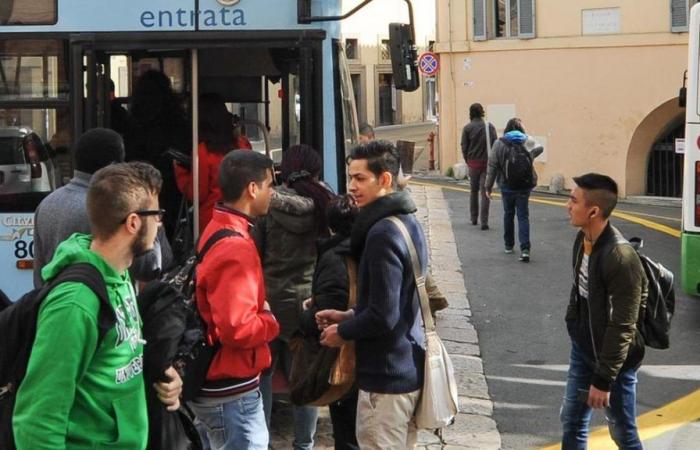
Perugia has a central role in Umbria, for better or for ‘bad’. This is what emerges, numbers and figures in hand, from the dossier published by the Umbria Ricerche Agency just on the eve of the ballot. A series of snapshots that photograph the regional capital showing its role, potential and critical factors. In short, food for thought for the future government of the city.
Starting with mobility, for which in these five years there has been no ad hoc department. Aur thus reminds us that the means of transport used most often by 9 out of 10 Perugians is the car, the first Italian city. On the contrary, it is third to last in the use of local public transport (11 percent), even though the offer in terms of seat-km is above the average recorded among the provincial capitals.
The use of trains, motorbikes and bicycles is very limited, in this case above all due to the very limited presence of cycle paths which places Perugia in the last places among the capitals. Luckily, however, the airport has finally taken off. Perugia, Aur recalls, is a city with two universities and growing enrollments since the pandemic.
However, it seems to have a limited capacity to retain graduates on its territory: the migratory balance of holders of a tertiary qualification is equal to -1.3 per thousand, worse than the national average (-0.9 per thousand) and also the average of the other regional capitals (+5.3 per thousand) and provincial capitals (+3.0 per thousand).
This is a confirmation of the well-known difficulty of the local production system in absorbing highly qualified human resources. It is no coincidence that less than one in five Perugians believes that it is easy to find a good job in the city. It must be said that even in the capital there has been a strong tourist recovery from 2020 onwards, but despite this the number of bars, hotels and restaurants (755 businesses in the municipal area as of 2023) marks a decrease compared to 2012, but the decline affects only the peripheral areas, while the historic center of Perugia is bucking the trend and has reached 225 businesses.
The business activity that characterizes Perugia is characterized by a clear prevalence of the tertiary sector, more accentuated than the regional average, especially in the more advanced sectors: 77 percent of the employees of the local units of the companies work in services, compared to 66 regional average percent. This is one of the factors that contributes to raising residents’ incomes: 24,353 euros in 2023, compared to 21,656 euros in Umbria.
And the working-age population living in Perugia has a higher share of the labor force (53.9 versus 51.2 percent) and employed people (49.4 versus 47.1 percent) compared to the region, but also a slightly more unemployed (4.6 versus 4.1 percent of the total population over 14 years of age).
Finally, the number of homes: there are 88,804, 18.6 percent of which (16,514) are unoccupied, i.e. empty or occupied exclusively by non-habitually resident people. All data on which the future mayor will have to carefully reflect.


